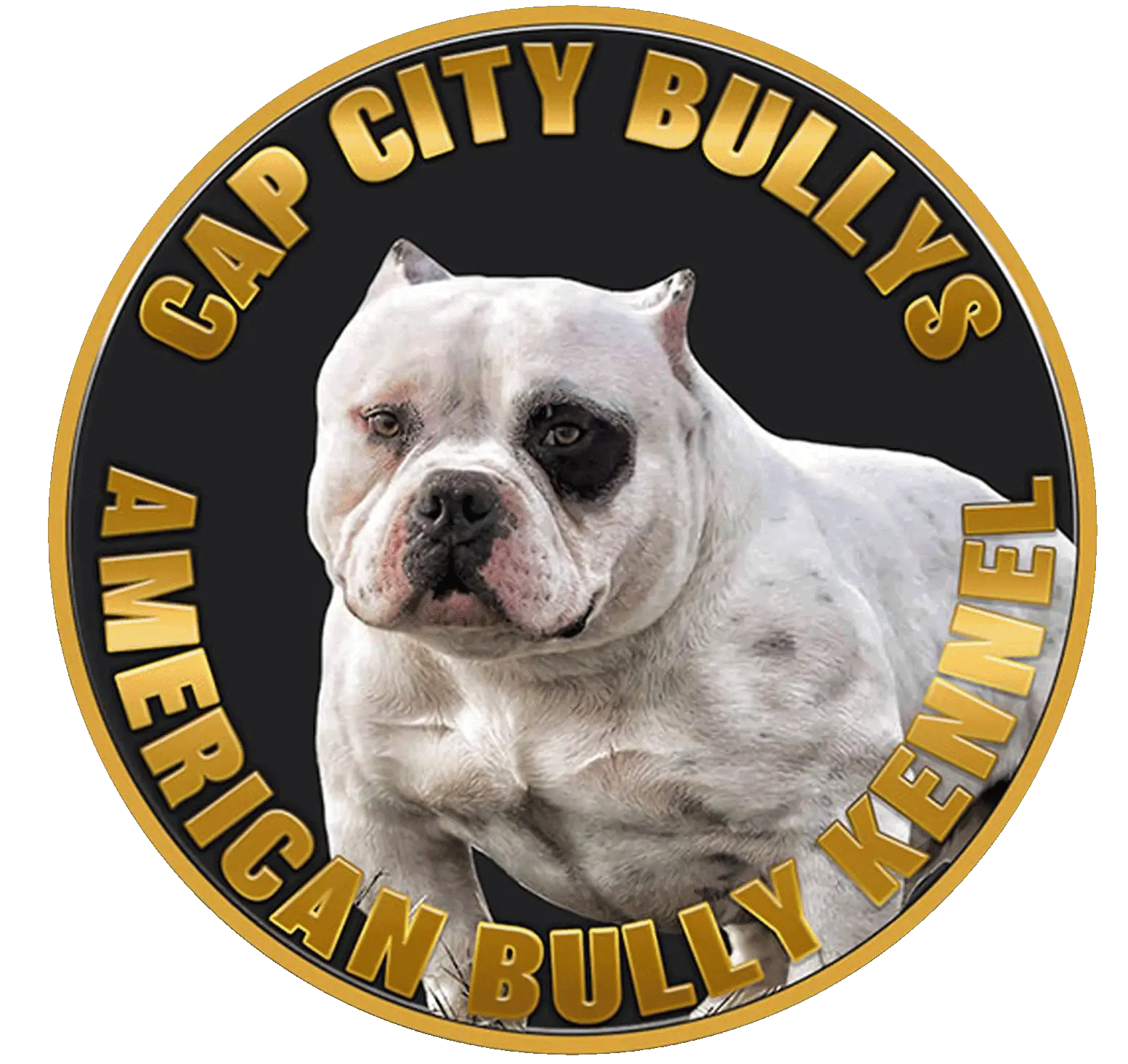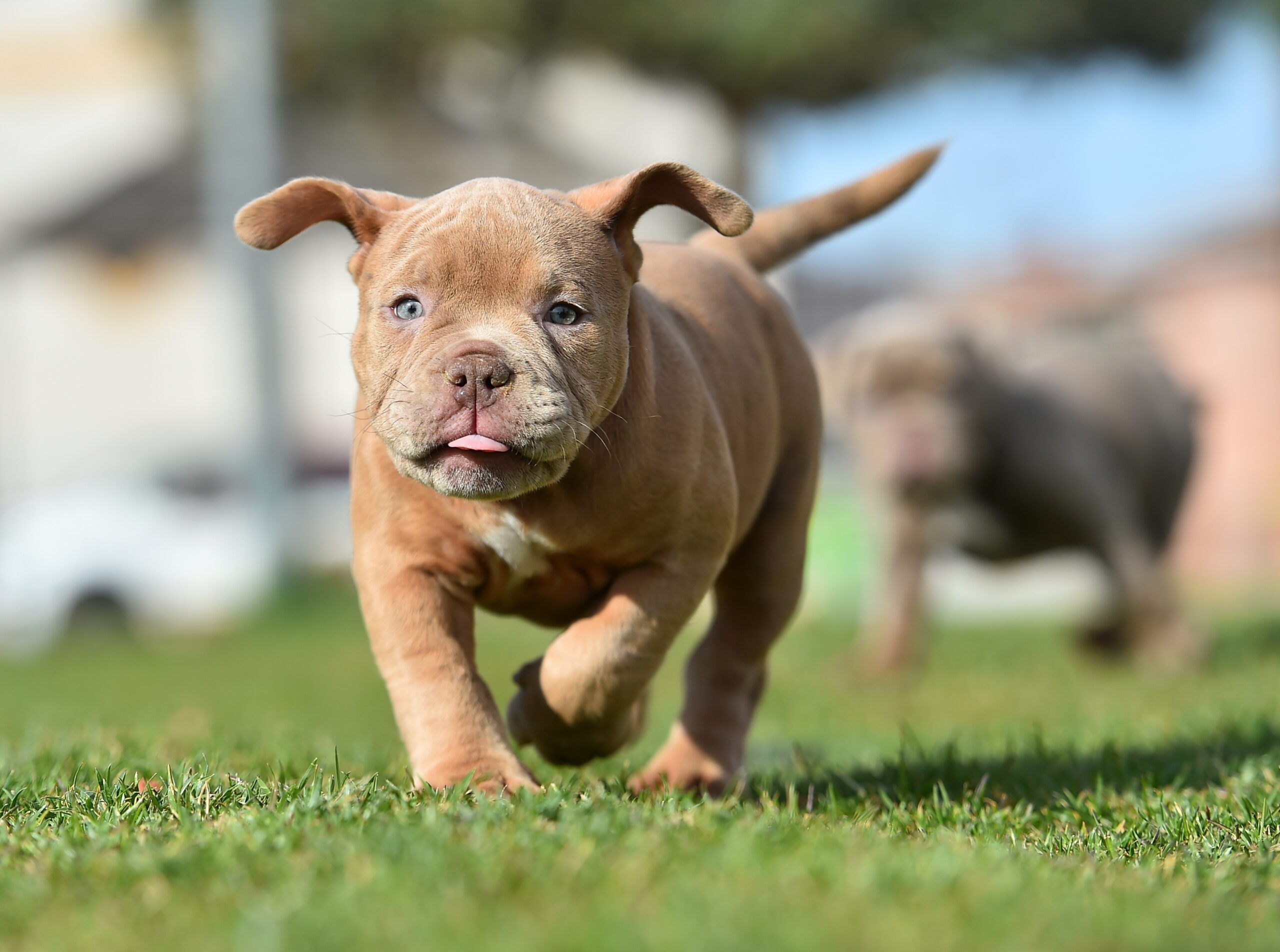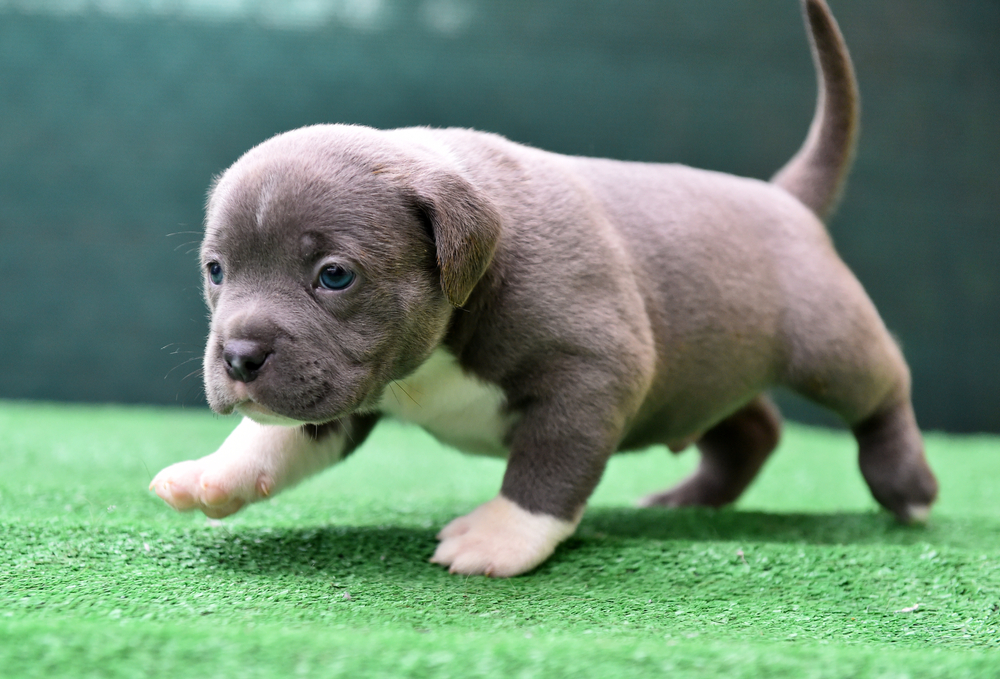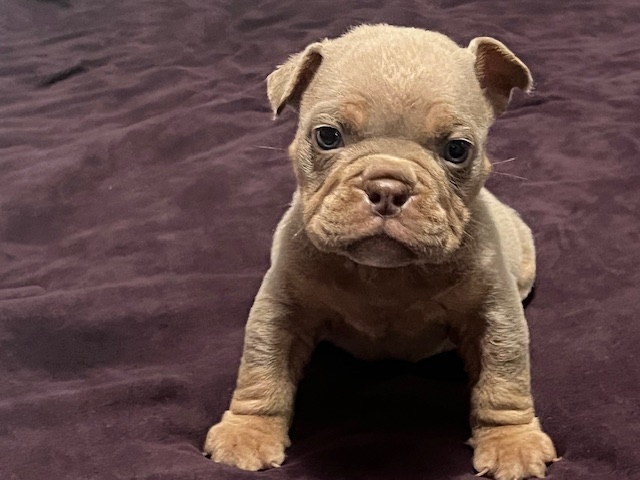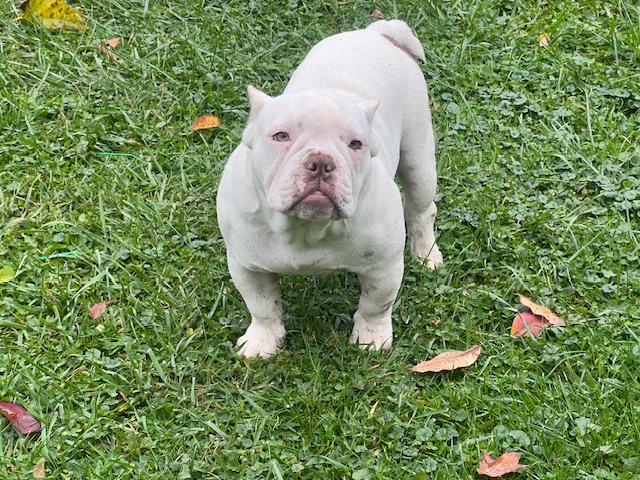Welcoming a Micro American Bully puppy into your home is an exciting journey. At Cap City Bullys, we understand that the first month is crucial for building trust, creating routines, and establishing a foundation for a lifelong bond with your new furry family member.
Preparing Your Home for a Micro Bully
Create a Safe Space
Designate a comfortable area with a crate, soft bedding, and toys. Refer to our Building a Lifelong Bond guide for tips on crate comfort and social exposure.
Puppy-Proof Your Environment
Remove hazards such as cords, small objects, and toxic plants. Micro Bullies are curious, so safety is key during the adjustment period.
Gather Essential Supplies
Food, bowls, leashes, and grooming tools are necessary. Early preparation ensures your puppy feels at home and reduces stress.
Establishing a Routine
Feeding Schedule
Feed your Micro Bully 3-4 small meals daily. Consistency supports digestion and training.
Bathroom Training
Set a regular potty schedule and reward successes. For more tips, see Socializing Your American Bully Puppy.
Sleep and Rest
Micro Bullies require adequate rest. Establish quiet periods to help them adjust to their new environment.
Socialization and Early Training
Introduce People and Pets Gradually
Expose your puppy to new environments, people, and other pets. Use positive reinforcement, as highlighted in American Bully Training: Expert Positive Reinforcement Techniques.
Handling and Grooming
Regular gentle handling builds trust. Early grooming sessions reduce stress and improve future cooperation.
Enrichment and Play
Provide toys and short play sessions to stimulate mental and physical growth.
Health and Veterinary Care
Schedule Initial Vet Visit
Check vaccinations, deworming, and overall health. Discuss diet and preventative care with your vet.
Monitor Growth and Development
Track weight, body condition, and behavior to ensure your Micro Bully thrives.
Vaccinations and Preventatives
Follow your vet’s recommended vaccination and flea/tick prevention schedule.
Bonding and Long-Term Success
Consistency and Positive Reinforcement
Train using gentle, reward-based methods. Patience fosters confidence and reduces fear-based behaviors.
Understanding Breed Characteristics
Learn about Micro Bully traits. For insight, read What Is a Micro Bully? Everything You Need to Know.
Connecting with the Cap City Bullys Community
Join our network of owners and breeders for support, advice, and tips.
FAQ
Q1: How often should I socialize my Micro Bully in the first month?
A: Short, frequent sessions several times per day are ideal to prevent overstimulation.
Q2: When can my puppy start training?
A: Begin gentle, reward-based training immediately. Positive reinforcement is key.
Q3: How do I know if my Micro Bully has a strong pedigree?
A: Review lineage documentation. See our blog post How to Tell If Your Bully Has a Strong Pedigree.
Start your journey with a Micro American Bully puppy from Cap City Bullys. Explore our available puppies, learn from expert resources, and ensure your new pup has the best start in life.
